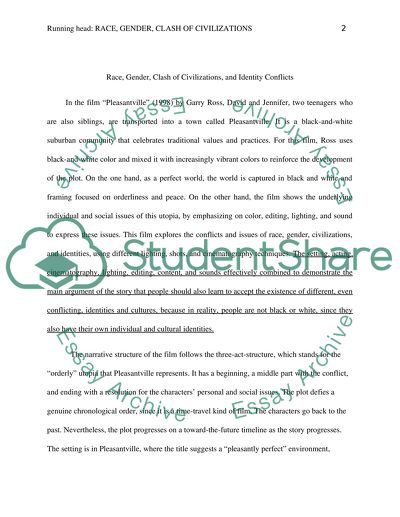Cite this document
(“Identity Conflicts Research Paper Example | Topics and Well Written Essays - 2250 words”, n.d.)
Retrieved de https://studentshare.org/social-science/1391192-identity-conflicts
Retrieved de https://studentshare.org/social-science/1391192-identity-conflicts
(Identity Conflicts Research Paper Example | Topics and Well Written Essays - 2250 Words)
https://studentshare.org/social-science/1391192-identity-conflicts.
https://studentshare.org/social-science/1391192-identity-conflicts.
“Identity Conflicts Research Paper Example | Topics and Well Written Essays - 2250 Words”, n.d. https://studentshare.org/social-science/1391192-identity-conflicts.


